

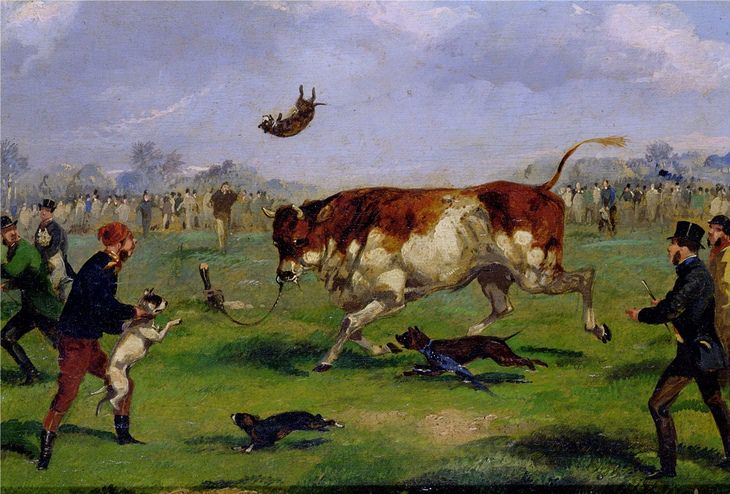
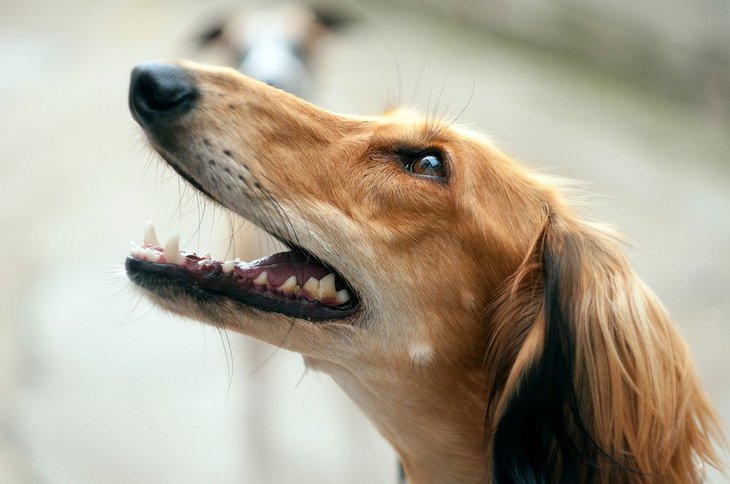
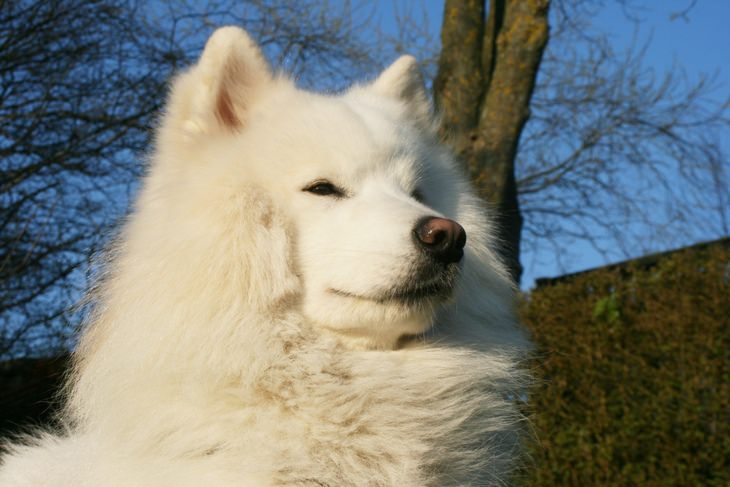
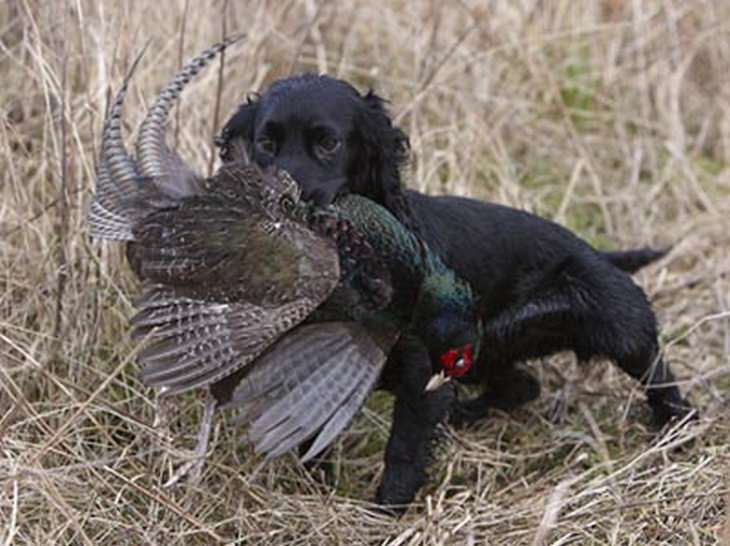 Source: Sten Ch
Source: Sten Ch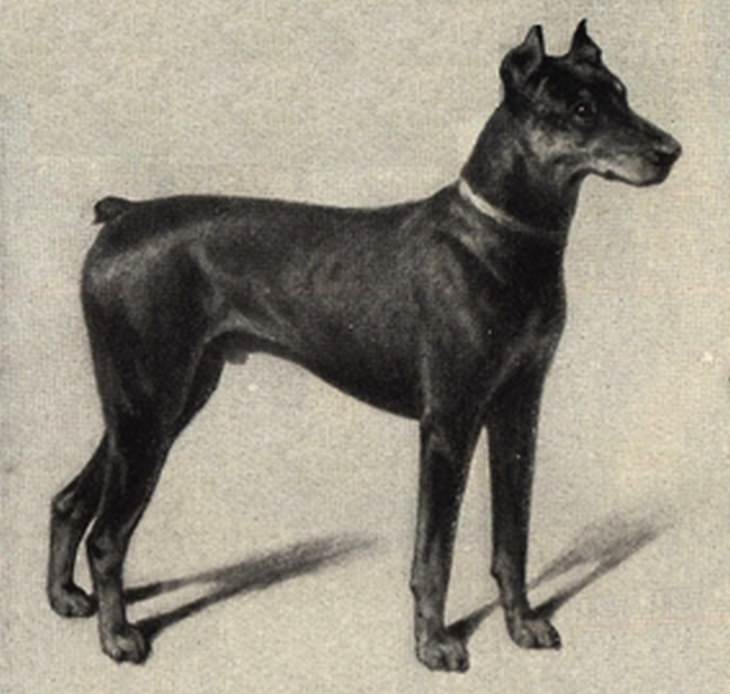
 Source: PBurns3711
Source: PBurns3711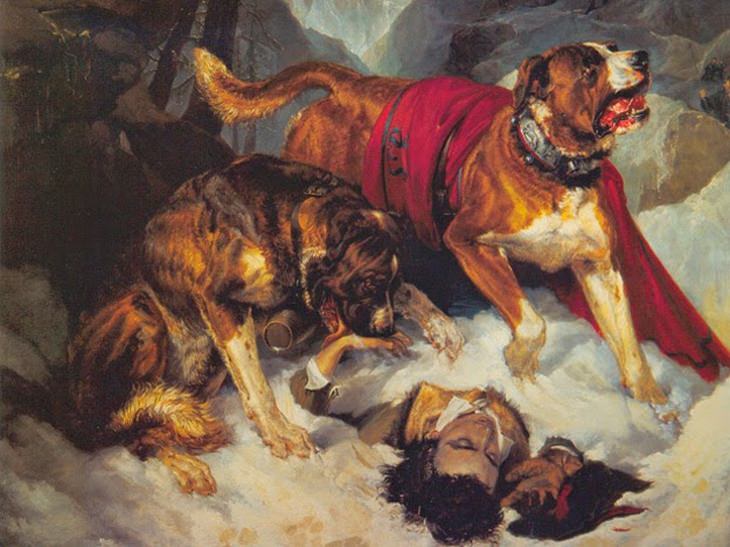
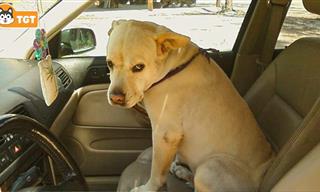 8:54
8:54
Funny & Cute: When Dogs Realize They're Going to the Vet...
When dogs realize they are going to the vet, hilarity ensues.
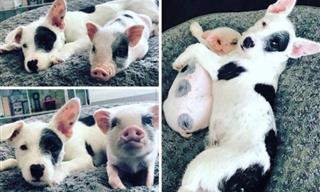
These Lucky Owners Have Matching Sets of Pets!
a collection of adorable furry companions and their animal look-alike
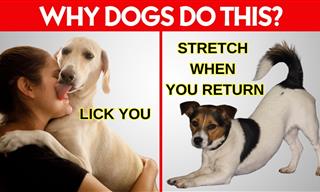 8:22
8:22
15 Weird Dog Behaviors Explained
Join us as we unravel the secrets of doggy behavior, helping you to connect more deeply with your loyal companion.
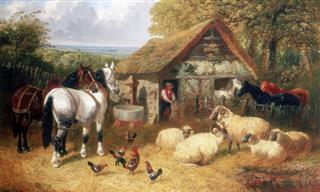
How We Domesticated Our Pets and Farm Animals
Have you ever wondered why it's impossible to breed a pet lion? Or how we managed to domesticate cats? Find all your answers in this series about domestication.
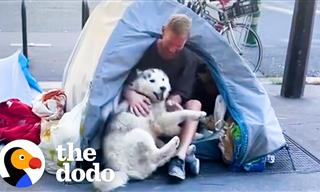 8:04
8:04
Heartwarming: Husky Falls in Love With Homeless Person
Watch the heartwarming story of how one dog's love was so strong it got a homeless man donations and changed his life so much for the better.
 8:42
8:42
7 Signs Your Dog Has Imprinted on You
Have you ever wondered if your furry friend has chosen you as their special person?
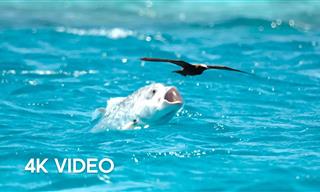 6:34
6:34
Defying the Natural Order - When Fish Eat Birds
Watch this giant trevally leap out of the water to catch unsuspecting birds in the most sensational fashion.
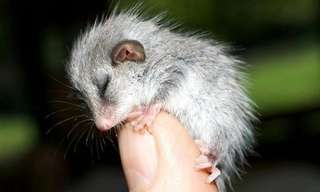
Australia Has Some of the Cutest Wildlife in the World!
Australia has many deadly animals, but did you know it's also filled with fluffy, adorable wildlife? Warning: You may want to fly to Australia and hug some animals after this post.

These 20 Cute Bonsai Are a Cut Above the Average Tree
Trust the Japanese to have the most beautiful miniature trees in the world. These 20 bonsai's are so fabulous!
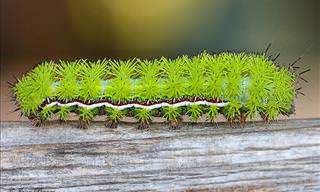
Click to Transform Caterpillars Into Moths and Butterflies!
Both butterflies and moths have four stages of life, they go from the initial egg to a caterpillar, then to a cocoon and finally to a butterfly or moth. Watch these 18 interactive photos Before and After caterpillars transform.
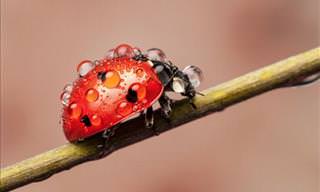
Jaw-Dropping Photos: The Wonderful Lives of Ladybugs
Here are some wonderful photos of ladybugs in their natural habitats. I always feel a childish wonder and thrill when can coax one onto my hand.
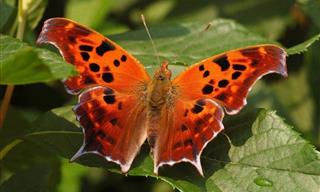
These Beautiful Endangered Butterflies are a Joy to Behold
These exotic butterflies are extremly rare and placed high atop the endangered species list, but will fill your eyes with color and wonder.
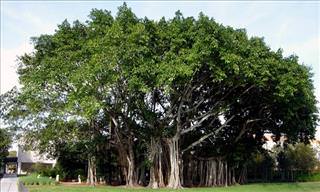
These Ancient Trees Stand Ageless and Beautiful
It's incredible to see these living breathing fossils that have been around for centuries. Take a look at these 10 ancient trees.
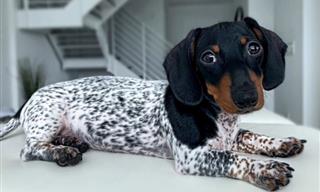
Nature Really Went Overboard While Creating These Animals
This rare collection of pictures shows common animals but with some truly unique features. Check it out!

When Left Alone, Nature Eventually Takes Over...
Spectacular pictures of abandoned places being reclaimed by nature.
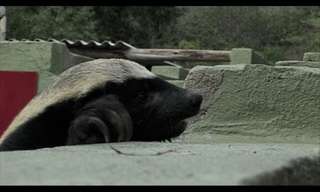 4:12
4:12
Houdini Is Back, And He's a Honey Badger Now...
An amazing video that every animal-lover should see.
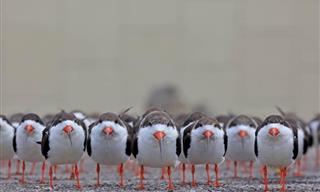
Nature Photos Rarely Get Any Better Than This! (20 Pics)
Check out the breathtaking winners of the GDT Nature Photographer of the Year 2024.
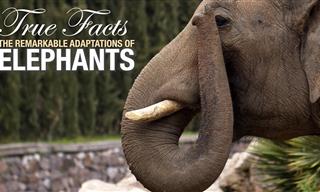 16:05
16:05
Hilarious Nature: True Facts About Elephants!
Come with us as we explore this huge mammal, make some jokes and meet one of the smartest and most fascinating of all animals, the elephant.
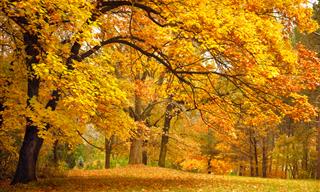
10 Facts About the Power of Trees That Will Blow Your Mind
Trees are silent and harmless - but these facts are just about to twist this round! Read about the magnificent things you didn't know about trees.
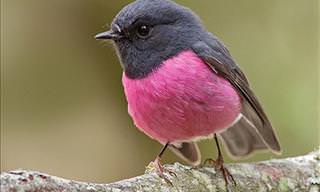
The Intense Colors of These Animals Are Simply Astonishing
Though a lot of animals keep themselves to themselves, this collection of vibrant beasties want the world to see their colorful beauty!

Keep Your Bouquet Fresh for 3 Weeks with These Handy Tips
Bouquets may not last long, but you can increase their lifespan by 3 weeks with these handy tips.
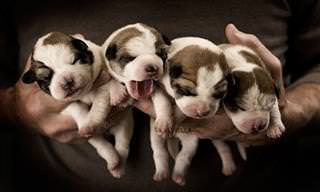
Everything You Always Wanted to Know About Dogs!
How much do you know about our furry friends?
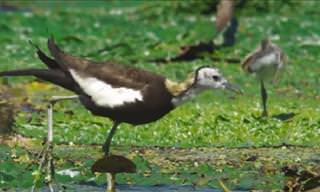 4:33
4:33
When It Comes to Nature, Korea is Out of This World!
Tensions between the North and South might be what defines it to outsiders, but beyond the battles scars there’s a much more beautiful side to Korea.
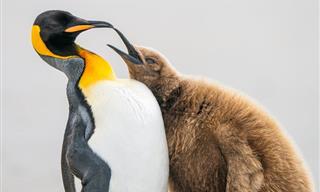
In Pictures: Bird Photographer of the Year 2023 Winners
Check out the stunning winners of the 2023 Bird Photographer of the Year contest.
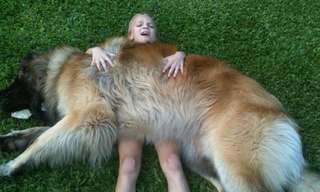
20 Beautiful and Exotic Dog Breeds I'd Love to Get to Know!
Here you can enjoy our collection of 20 beautiful photos of exotic and very rare dogs you won't find at your local park.
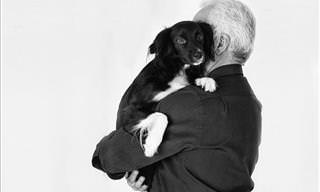
14 Mistakes Every Pet Owner Makes
If you love your pet, you must recognize the 14 mistakes you may be making that are harmful to its well-being, security, and mental state.
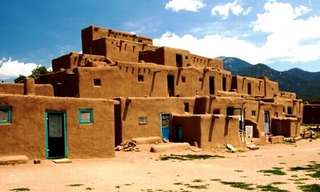
Weird Science: 12 Phenomena That Scientists Can’t Explain
Scientists think they're got the world covered but so many mysteries remain. Here are 12 bizarre phenomena that even scientists can't explain.
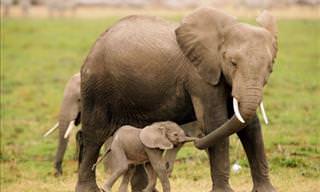
Humans Aren't the Only Devoted Parents...
Beautiful examples of the kind of parents you'll find in the animal kingdom.
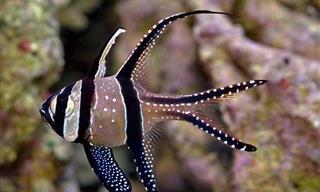
18 Gorgeous Fish You've Got to See!
The oceans hold countless amazing creatures, such as these 30 fish considered the most beautiful in the world...
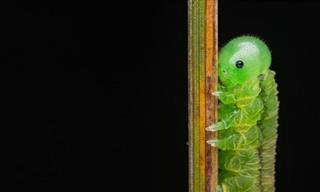
Close-Up Photographer of the Year 2022: 15 Winning Images
Check out some of the most stunning entries from the Close-Up Photographer of the Year Challenge.
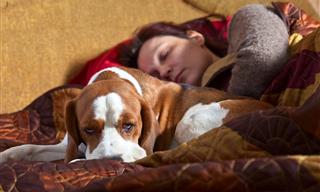 8:05
8:05
All About Why Your Dog Wants to Sleep in Your Bed
n this video, we explore a familiar and endearing habit many dog owners experience: why your furry friend loves to share your bed.
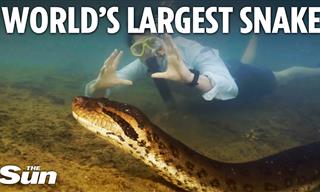 3:06
3:06
World's Biggest Snake: This Massive Anaconda Is 26ft-Long!
Scientists have just discovered the world’s biggest snake in Amazon rainforest.
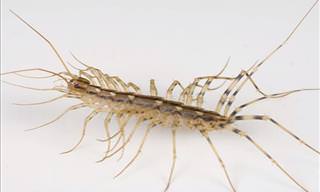 5:35
5:35
Stop Killing Centipedes in Your Home! Here's Why...
When it comes to common house centipedes, it many be far more beneficial for you to simply leave them alone instead of killing them. Here's why.
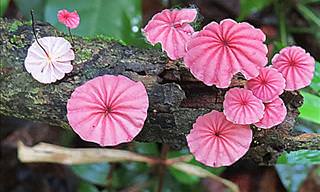
A Rainbow Can Be Made From Mushrooms If You Look Right...
Mushrooms and other fungi aren't usually the most interesting, but if you find the right ones, they can fill your day with color!
 4:55
4:55
The Most Adorable Otter Ever Will Teach You About Otters
This little orphaned river baby otter is so cute, you'll never want to stop watching it. But if you do, you'll learn all about otters while accompanying on his little day. Are you ready to learn about otters?
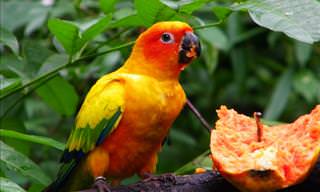
You Won't Find More Beautiful Parrots in the World...
There are around 350 different species of parrots in the world. Here you will find 10 of the most beautiful!
 8:02
8:02
14 Signs Your Cat Sees You as Their Real Parent
Watch for these behaviors to understand just how much you mean to your cat, less an owner and more as a parent.
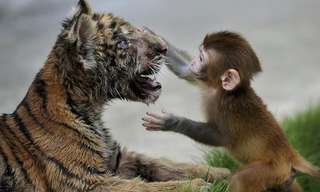
These Are Definitely the Oddest Couples I Could Imagine...
These strange couples destroy all my previous notions about animal relationships.
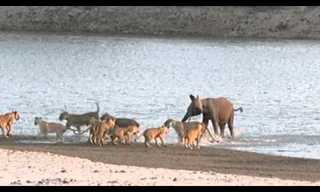 2:50
2:50
Wild Nature: Young Elephant Fends Off 14 Lions Unharmed
How an elephant convinces a group of lions that this is not an animal worth tangling with...
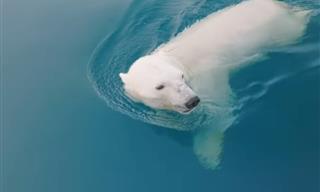 8:38
8:38
Witness the Magical Views of Norway's Northern Islands
The amazing place you are about to see in this video is Svalbard - an archipelago that is in the northernmost part of the entire kingdom of Norway.

INTERACTIVE: Click on the Flower to See Its Full Beauty
These interactive photos of flowers will allow you to see them in video with a click.
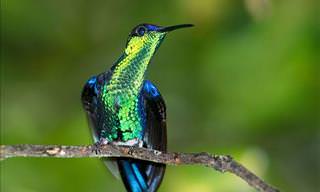
Beautiful! This Nimble Bird is a Magical Sight to Watch
Both strong and beautiful the hummingbird is a magical sight to watch. Look through this beautiful tribute to the nimble bird.
 3:25
3:25
These Rapid Blooming Flowers Will Brighten Your Day
This video of flowers blooming will brighten your day. So, go ahead, treat yourself to a few minutes of beauty and relaxation.
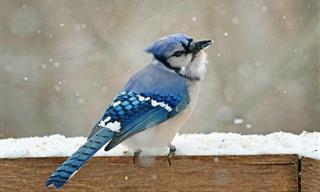
7 of the Most Beautiful and Unique Birds of North America
Some of the most beautiful birds of North America and the Caribbean.

Incredible Undersea Photography: 16 Award-Winning Pics
Check out the breathtaking winners of the Underwater Photographer of the Year 2023 contest.
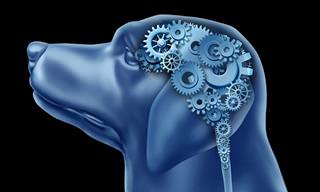
Learn All About the Basics of Dog Psychology
Check out this collection of the most intriguing facts about the psychology of dogs that we are currently aware of, many of which will be surprising to most.


